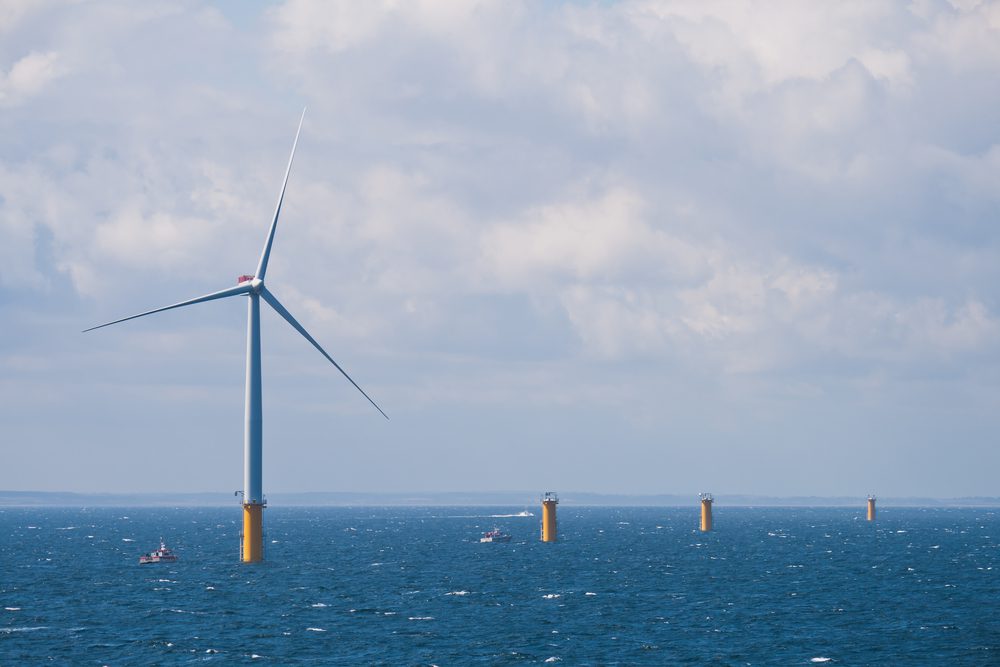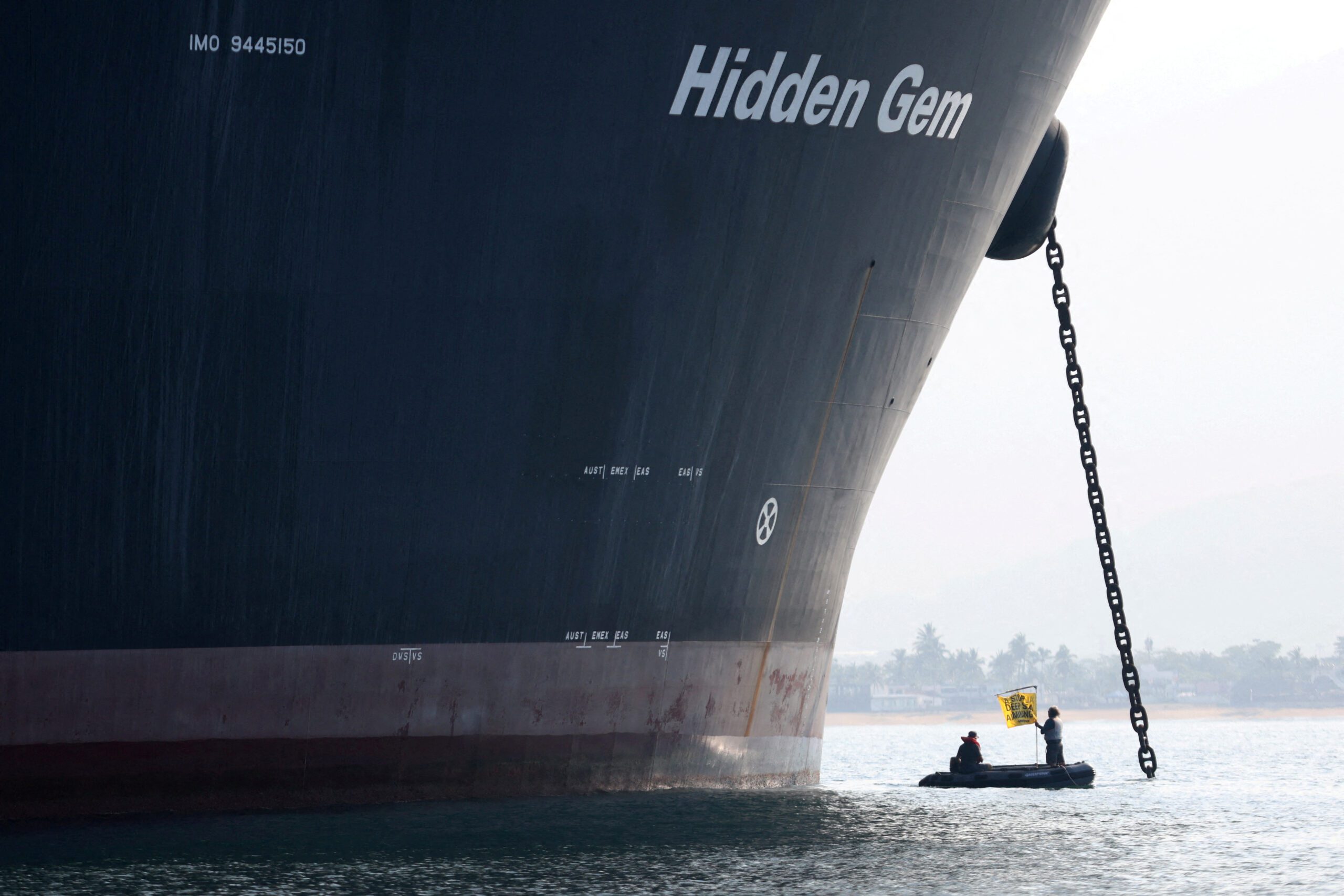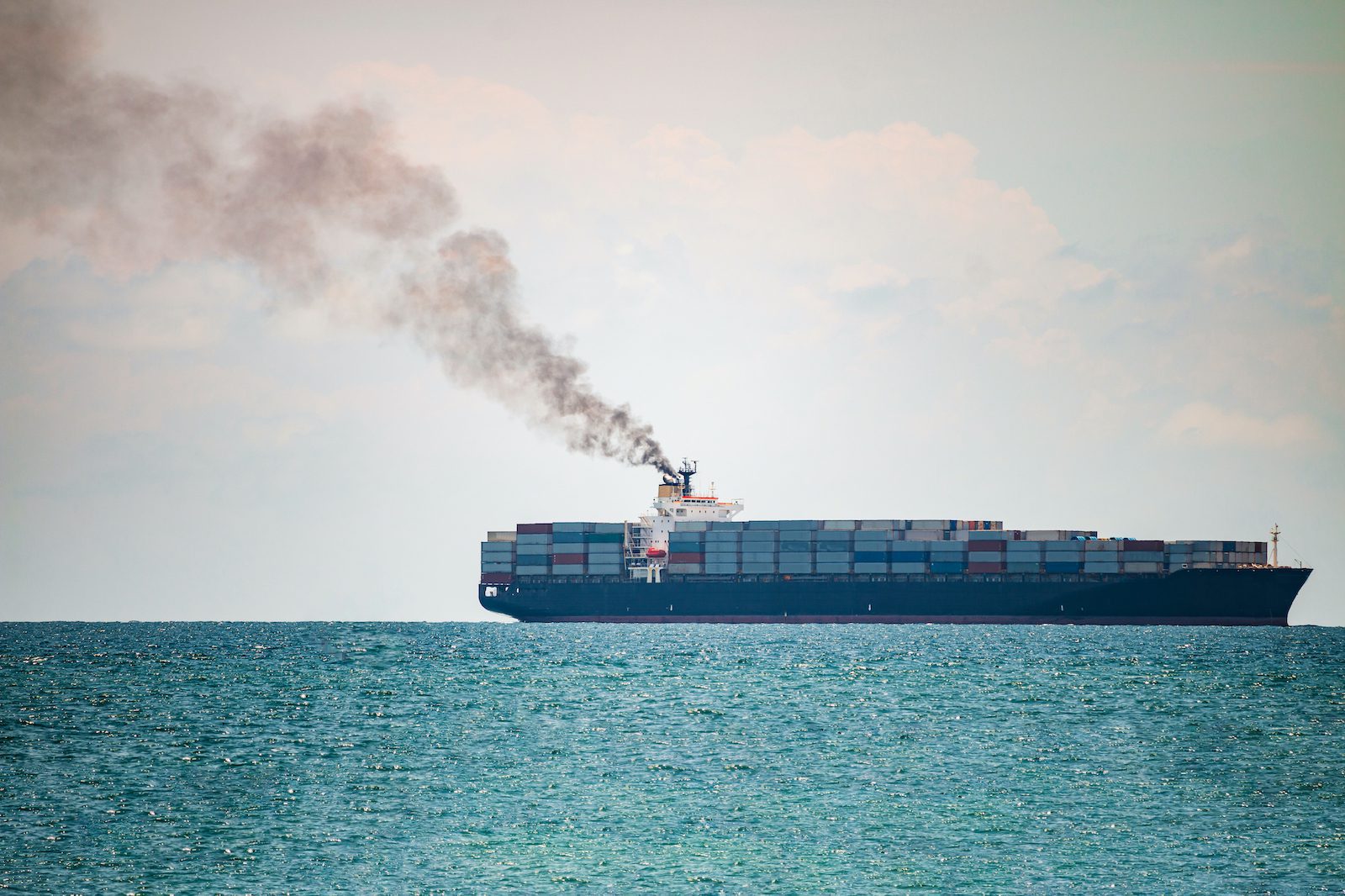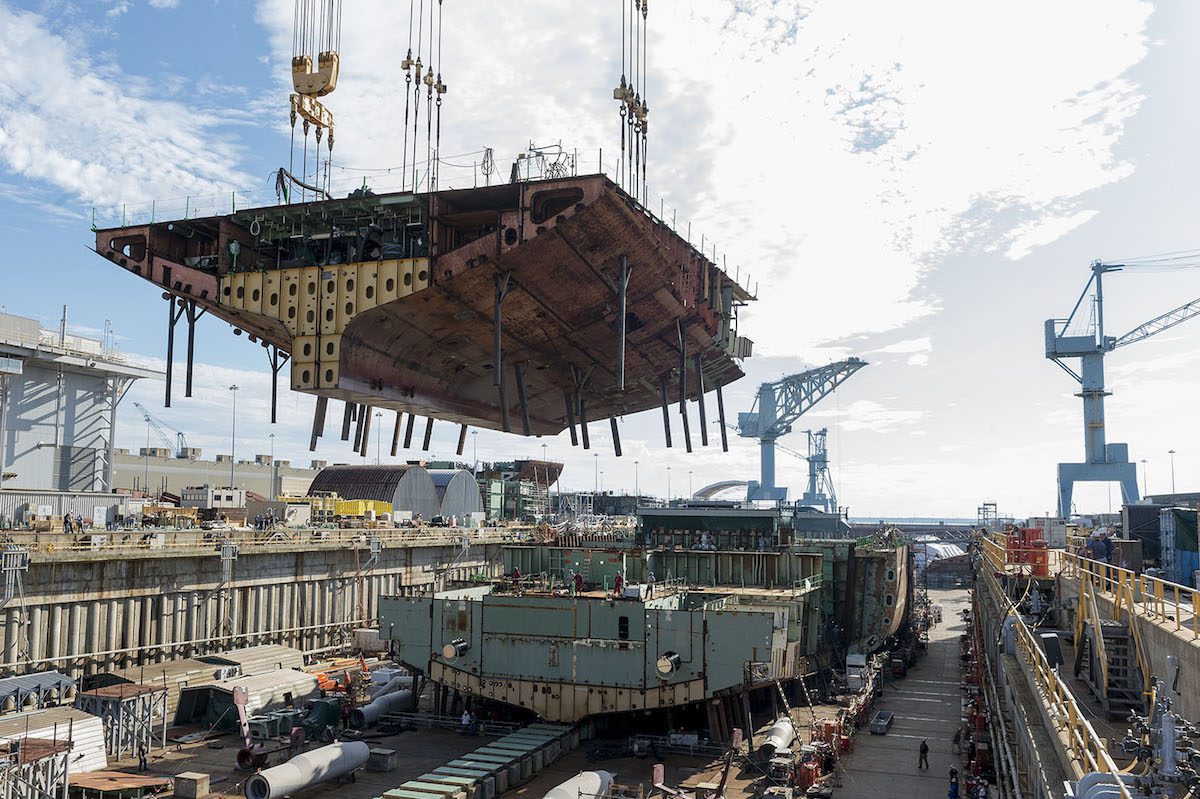FILE PHOTO: DJ Mattaar / Shutterstock
By Jeannette Neumann (Bloomberg) — Spanish shipbuilder Navantia is stepping up its bet on offshore wind energy, a venture that stands to benefit from the European Union’s fiscal response to the pandemic.
The landmark 750 billion-euro ($890 billion) pandemic-recovery aid will encourage Spain to invest more in clean energy. That could galvanize the company’s recent pivot into sea-based power projects, said Managing Director Javier Herrador del Rio. With demand flagging for its military vessels, Navantia has branched into building the massive foundations for wind turbines that can stretch out of the water as high as a 50-story office building.
The comment underscores how companies across the EU are gearing up to take part in the bloc’s biggest-ever stimulus package. Europe’s leaders have said they want countries to spend a significant portion of the funds on making the regional economy more carbon-neutral. Navantia’s green projects might become a test case for the program.
‘Highly Cyclical’
Spain and Italy are poised to be among the largest recipients of the funds and both countries are hashing out details of how to spend the money. The fiscal jolt is an opportunity for the Spanish administration to start investing in offshore wind farms in the northern Galicia and Basque regions and in southern Andalusia, Herrador del Rio said.
Naval shipbuilding “is highly cyclical and even more so during such volatile times like we’re living through now – when we exit one crisis and then fall into another,” the managing director of Navantia’s Bay of Cadiz Shipyard said in an interview. Rocky economic times limited Spain’s ability to invest in new ships and forced state-owned Navantia into more manufacturing areas. Offshore wind became a strategic priority in 2018, he said.
The firm’s fortunes have ebbed since the 1980s, when demand was high for made-in-Europe warships and oil tankers and the company employed about 40,000. While staff has since dropped to about one-tenth of that, it was still able to take on Saudi Arabia’s 2018 order of five corvettes for its navy, one of Navantia’s few major shipbuilding contracts in recent years.
Incipient Industry
While Spain was a global pioneer in solar and wind projects, the offshore wind-park industry is still quite young. Contracts Navantia has signed in the sector don’t generate nearly as much revenue as building submarines and aircraft carriers.
Overall, companies globally are operating about 30 gigawatts of offshore wind energy, said Imogen Brown, an analyst at BloombergNEF, an energy-research firm. That’s a fraction of the 611 gigawatts of land-based wind projects, based on data through 2019, she said.
Most of the turbines are in the North Sea, off the coasts of the U.K., the Netherlands, Denmark and Germany. The strong winds and comparatively shallow seabed have allowed major players such as Denmark’s Bladt Industries and the Netherlands’ Sif Group to anchor what are known as “bottom-fixed” turbines to the ocean floor.
Navantia has received commissions for 10 projects since 2014, including orders to manufacture several dozen bottom-fixed turbines for Iberdrola’s 500-megawatt offshore wind farm in Brittany.
The Mediterranean Sea that borders much of Spain has relatively deep waters. That has pushed Navantia and other manufacturers, including Italian shipbuilder Saipem SpA, to shift their focus to floating wind turbines. But the technology is still incipient and there’s not a standardized design, Brown said.
“It’s only demonstration projects that have been commissioned so far,” she said. “We think bottom-fixed wind turbines will still be the driver in the market pre-2030.”
Europe’s increased funding for clean-energy projects will help to bolster investments in technologies to improve floating projects, Herrador del Rio said at the company’s Puerto Real shipyard near the Strait of Gibraltar, the strategic entrance to the Mediterranean from the Atlantic Ocean. That funding will eventually lead to building more wind farms off the Spanish coasts and in the Mediterranean Sea.
“Sooner or later it will become a reality,” he said. “I’m convinced.”
© 2020 Bloomberg L.P.

 Join The Club
Join The Club











